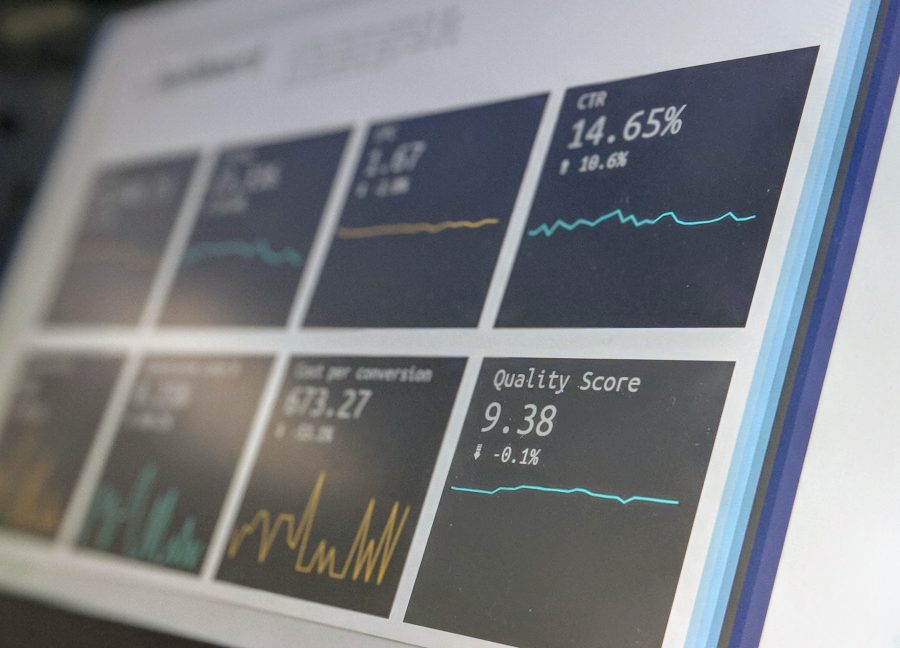Risk analysis – table of contents:
What is a risk analysis?
For starters, it’s worth explaining what a business risk is. A business risk is a threat as a result of which a company will not be able to achieve its goals, will suffer financial losses, and that will ultimately lead to its bankruptcy. Risks can be the result of incompetent management, mistakes made primarily by management, as well as external factors that we are not always able to anticipate and respond to appropriately. The most common sources of business risk include:
- Competition in the market,
- Changes in consumer demand and preferences,
- Prices of raw materials,
- Technological and economic changes,
- Legal regulations,
- Relationships with stakeholders, e.g. suppliers,
- Ineffective management and quality of services provided.
To anticipate certain scenarios and prepare a plan of action in case of an emergency, companies should conduct a risk analysis. It involves using specific methods to identify potential risks that could disrupt the operation of the business or the implementation of a project and to determine their severity and likelihood of occurrence. This procedure uses available data such as financial statements, plans, and other necessary documentation. Thanks to this procedure it is possible to detect irregularities at an early stage to minimize or eliminate their negative effects.
Methods of risk analysis
The choice of risk analysis method depends largely on the type of enterprise and its organizational structure. Below we will present some of the most commonly used in practice:
- The Delphi method
- Bow tie analysis
- Decision tree analysis
- The SWIFT analysis
- Get familiar with the current situation, gather all the important information, talk to your employees, and review documents and reports.
- Draw up a possible scenario of events (what if…?).
- Ask yourself what the causes of the scenarios might be.
- Determine the severity of the consequences of certain events and then the likelihood of their occurrence. The risk matrix mentioned earlier can help you do this.
- Present the information you have gathered – the risks and recommendations for improving the current situation – in the form of a report.
This is a qualitative research technique that we have already mentioned in this article. Because of its nature, it can be used in many areas of a company’s strategic analysis.To carry it out, it is necessary to create a team made of analysts and risk management specialists and to gather their opinions on the addressed subject.
It is assumed that the experience and knowledge of the gathered experts will allow them to characterize and evaluate potential risks. On this basis, a risk register containing the most relevant findings is created and a risk management strategy is developed.
It allows us to identify events that may occur in connection with a particular type of risk. Again, the expertise of team members is usually used here. The most important step is to think about ways to prevent the cause of risk and minimize its consequences.
Using this method of analysis makes it possible to make key decisions for the success of a given project. The team has a chance to look at the available opportunities, and the likely results of their actions, while avoiding unnecessary business risks. It creates a kind of path of action that should bring long-term benefits.
In a nutshell, the SWIFT analysis involves asking the question “What if…?” with respect to the aspect under study. Again, a team of experts must conduct a brainstorming session and assess the risk of failure. What are the steps in this process?
Risk analysis for e-commerce
Each of the above methods of analysis will allow you to assess the challenges your business may face and suggest ways to prevent crises. Now let’s look at what threats e-commerce faces and what preventive measures you should take.
Potential risks
- Hacking attack, data loss – today there are sophisticated techniques for stealing valuable information and even trade secrets from companies. For example, fraudsters can impersonate decision-makers to obtain sensitive data from employees, or introduce malware to cripple IT systems,
- Unforeseen technical problems and upgrades – they result in unplanned interruptions that negatively impact efficiency,
- Financial penalties resulting from non-compliance with regulations,
- Human error that leads to information leakage,
- Negative UX (user experience) – slow website loading, low-quality product images, incomplete descriptions, poor quality and uniqueness of posted content, lack of contact information,
- Breakdowns, power outages, accidents, economic crises, etc.
Preventive measures
- Ensure you have the tools and IT facilities to combat criminal attempts. Implement a website privacy policy and make your employees aware of the risks involved,
- Regularly check the validity of the programs and operating systems you use, and use anti-virus protection,
- Understand and comply with applicable laws (especially privacy laws),
- Create backups so you don’t lose access to important data,
- Adapt your website for mobile devices,
- Write copy that addresses your audience’s concerns and encourages them to buy,
- Take care of the quality of the videos and photos you post on your site,
- Offer multiple communication channels,
- Pay attention to the graphic design so that it is consistent and user-friendly.
Summary
Protecting and securing a business should always be a priority worth investing in. Ignoring business risks can have a significant impact on your finances or operations. That’s why it’s a good idea to regularly conduct a business risk analysis so that you can stay on top of the situation and respond to changes on time.

If you like our content, join our busy bees community on Facebook, Twitter, LinkedIn, Instagram, YouTube, Pinterest, TikTok.
Author: Andy Nichols
A problem solver with 5 different degrees and endless reserves of motivation. This makes him a perfect Business Owner & Manager. When searching for employees and partners, openness and curiosity of the world are qualities he values the most.


















